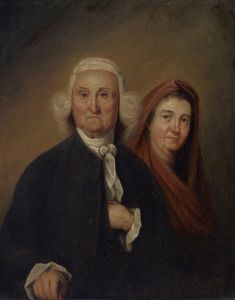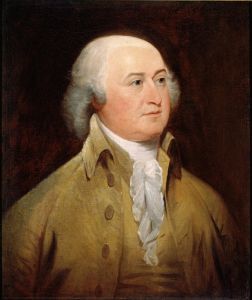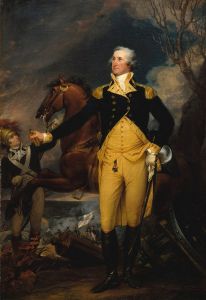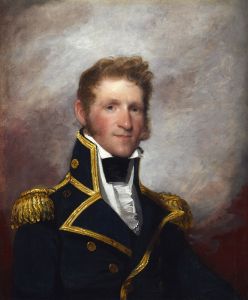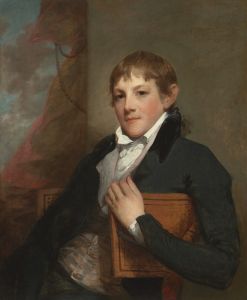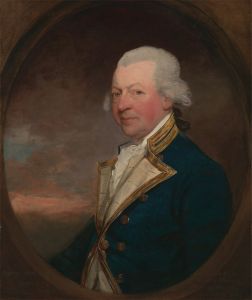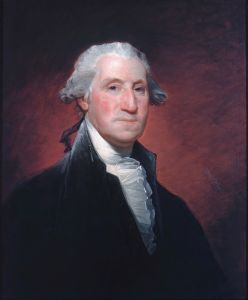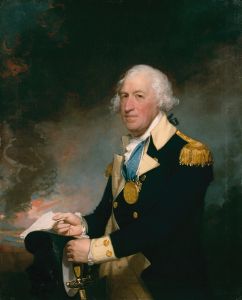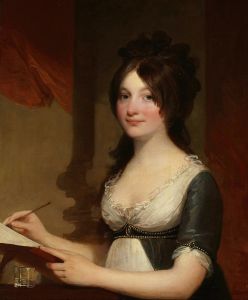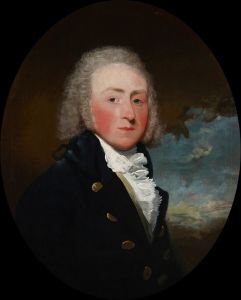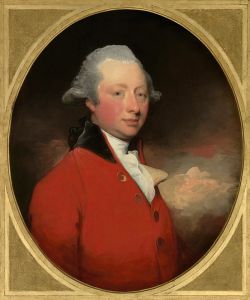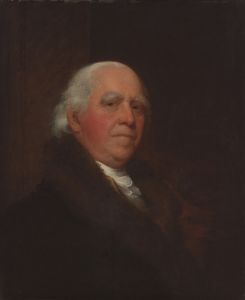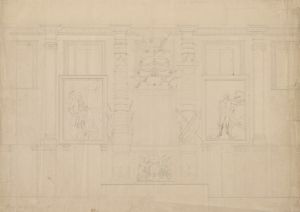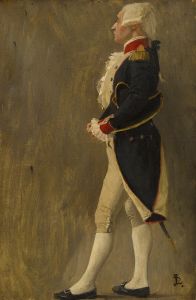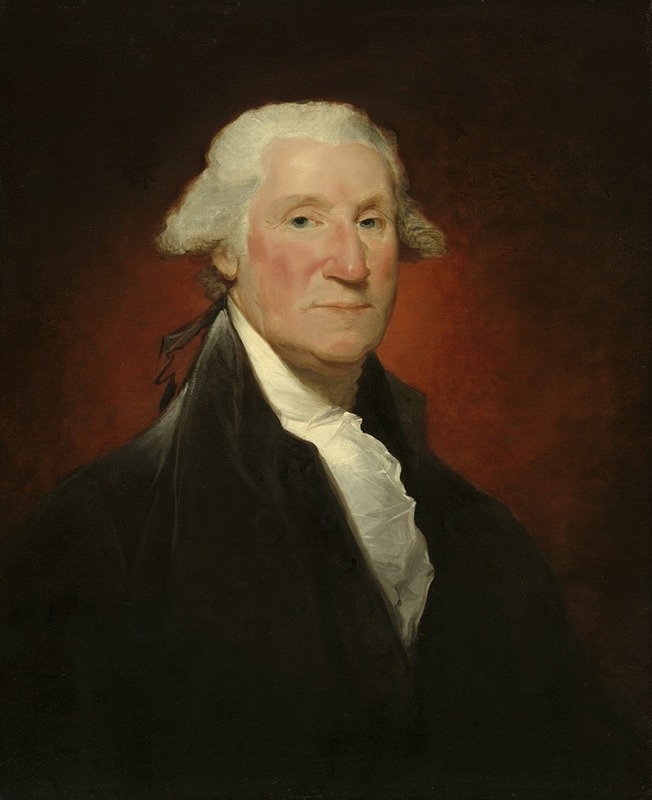
George Washington
A hand-painted replica of Gilbert Stuart’s masterpiece George Washington, meticulously crafted by professional artists to capture the true essence of the original. Each piece is created with museum-quality canvas and rare mineral pigments, carefully painted by experienced artists with delicate brushstrokes and rich, layered colors to perfectly recreate the texture of the original artwork. Unlike machine-printed reproductions, this hand-painted version brings the painting to life, infused with the artist’s emotions and skill in every stroke. Whether for personal collection or home decoration, it instantly elevates the artistic atmosphere of any space.
Gilbert Stuart's portrait of George Washington is one of the most iconic images in American art and history. Painted in 1796, this portrait is part of a series known as the "Athenaeum Portraits," which Stuart began in the latter part of his career. The painting is renowned for its unfinished state and has become one of the most reproduced images of Washington.
Gilbert Stuart, an American painter born in 1755, was one of the leading portraitists of his time. He was known for his ability to capture the likeness and character of his subjects, which made him highly sought after by prominent figures in the United States. Stuart painted over 1,000 portraits during his lifetime, but his images of George Washington are among the most celebrated.
The "Athenaeum Portrait" of George Washington was commissioned by Martha Washington, the wife of the first President of the United States. Stuart intended to use this portrait as a model for future commissions, which is why he left it unfinished. Despite its incomplete state, the portrait captures Washington in a dignified and composed manner, reflecting his status as a revered leader.
The portrait depicts Washington in a bust-length pose, facing slightly to his left. He is dressed in a black velvet suit with a white cravat, and his hair is powdered in the fashion of the time. The background is a muted brown, which serves to highlight Washington's features. Stuart's skillful use of light and shadow gives the portrait a sense of depth and realism, even in its unfinished form.
Stuart retained the original "Athenaeum Portrait" and used it as a reference for numerous replicas and variations, which he sold to earn a living. This practice was common among artists of the period, as it allowed them to maximize the financial return on their work. The original painting remained in Stuart's possession until his death in 1828.
Today, the "Athenaeum Portrait" is jointly owned by the National Portrait Gallery in Washington, D.C., and the Museum of Fine Arts in Boston. It is considered a national treasure and is frequently displayed in exhibitions that explore the life and legacy of George Washington.
The image of Washington from the "Athenaeum Portrait" has been widely reproduced and is most famously featured on the United States one-dollar bill. This widespread reproduction has cemented the portrait's place in American culture and history, making it one of the most recognizable images of any U.S. president.
Stuart's portrayal of Washington has had a lasting impact on the visual representation of the first president. It has influenced countless artists and has become a symbol of American identity and leadership. The "Athenaeum Portrait" remains a testament to Stuart's artistic talent and his contribution to the legacy of George Washington.





